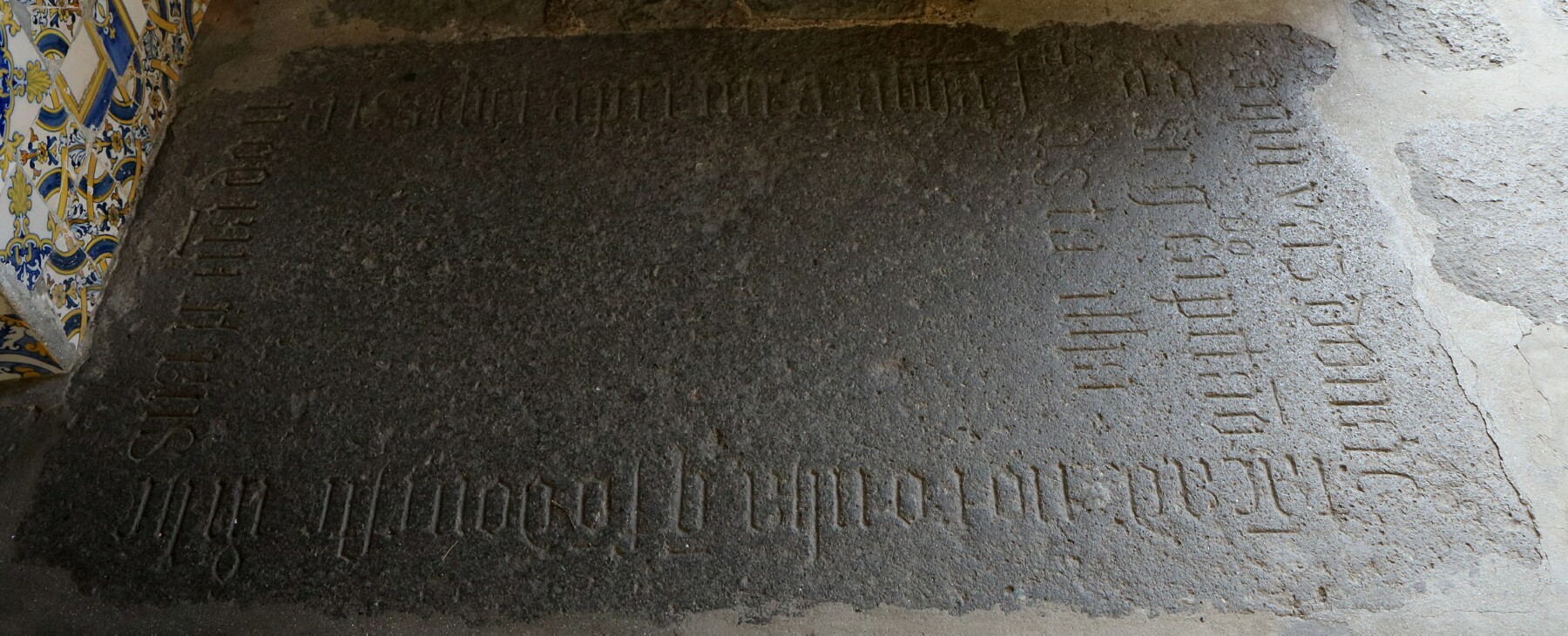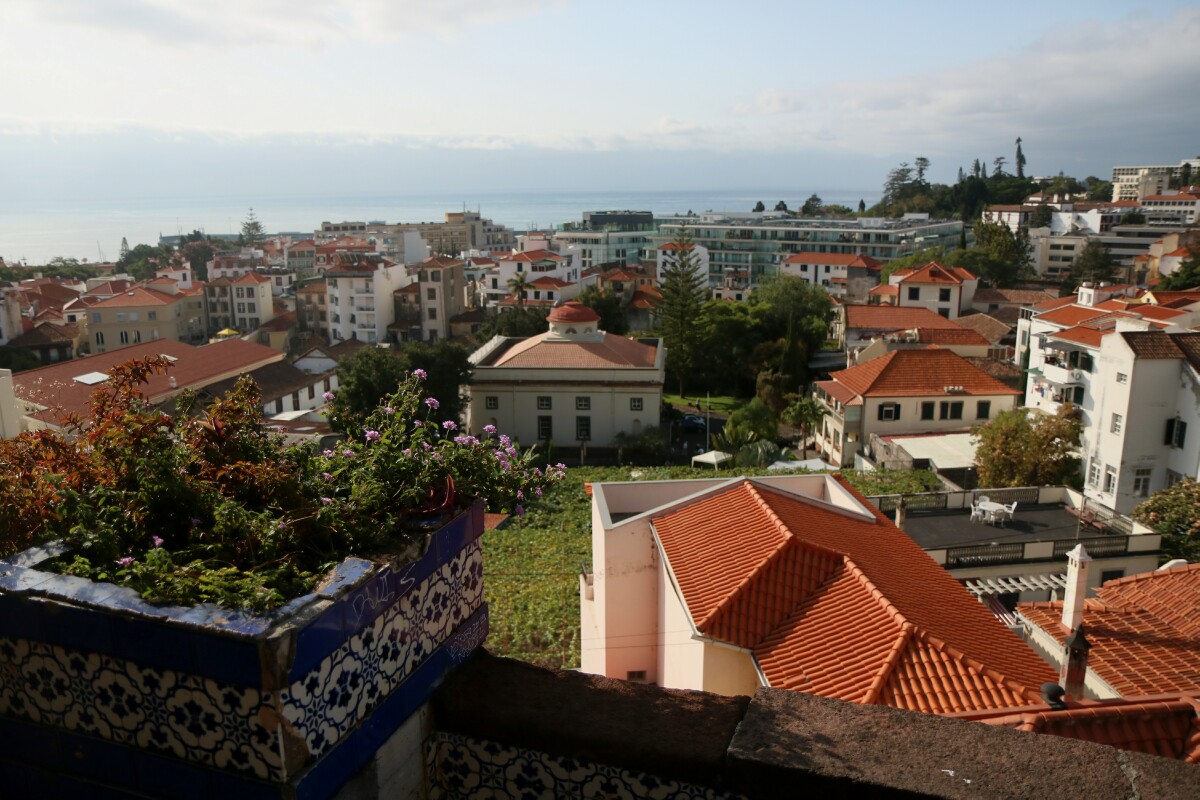Madeira Island
October 4, 2019
|
On Day 5, I walked around Funchal a bit, first touring the quiet convent Santa Clara, checking out possibly the most beautiful (on the inside) church of Madeira,
St. John the Evangelist, then walking through the old town around Rua de Santa Maria, and finally along the city's waterfront.
This set of pictures includes the Santa Clara convent and St. John the Evangelist Church.
The Santa Clara Convent, a Franciscan order, was founded in 1496 by João Gonçalves de Câmara, the grandchild of João Gonçalves Zarco, who discovered Madeira
Island in 1419. The first Abbess (mother superior) of the convent was Dona Isabella, also a grandchild of Zarco. Dona Isabella established an aristocratic
tradition which ensured the wealth of the convent. Many wealthy families’ younger daughters were forced to take the vows, because it was supposed to give
spiritual benefits for them and their fathers.
Also, during the 16th and 17th century, convents played a very important social role. To the nobles, who were often absent on royal missions for a longer period,
the convents served as a secure place where they could leave their unmarried daughters. On the other side, to the numerous widows who found shelter in a
convent, it meant much desired security, not only in the moral and religious but also economic aspect.
During the centuries the church went through several modifications and it was also partially destroyed by a cannon fire in 1917. It was restored,
The walls of the nave completely covered with glazed tiles from the 18th century representing the famous ‘Santa Clara pattern’. Since 1928, the convent
has been used to educate local children.
|

Above: The granite tombstone of the first Abbess (mother superior) of the Santa Clara Convent, Dona Isabella. Nuns were encouraged
to walk over the tombstone as a sign of respect, but unlike marble, the carvings into granite are almost in as good a shape as 500 years ago.
|
|
1 shows a view from the Santa Clara convent to the coast of Funchal.
2 and 3 are exterior shots of the convent, #3 the from the atrium courtyard.
4 shows the Santa Clara Church nave ... note the tiles on the walls, named the Santa Clara pattern, used all over Portugal.
5 and 6 shows the tombstone of the founder of the convent, João Gonçalves de Câmara, and part of the painted wooden roof.
7 shows a 16th century alterpiece in the Retable de l'Annonciation.
8 and 9 are hallways of the convent.
10 is an avacado tree inside the convent ... the convent grows various healthy food products within its walls.
11 is the Sao Gonçalo de Amarante chapel ... Gonçalo de Amarante was a Dominican friar, known for known for his solitude and silence in reflection in order
to better achieve communication with God, beatified in 1561.
|

|
|